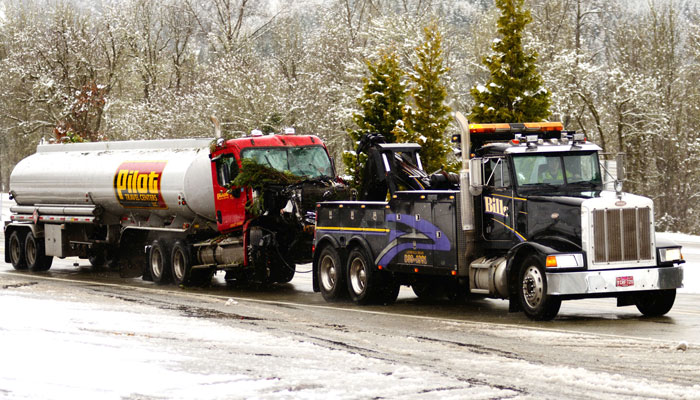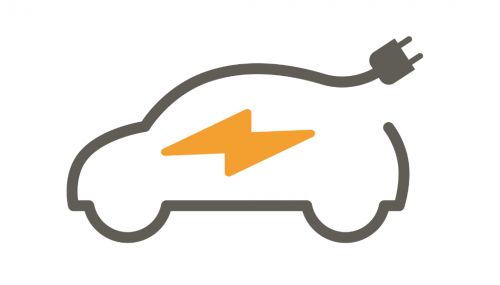All
Primer on Post-Accident Procedures
by Richard Pummell, Foley Carrier Services

Accidents. No matter what type of business you operate, these are the last situations you want your company to be involved in.
In addition to any injury or trauma that occurs, a DOT-qualifying accident can “red-flag” the Federal Motor Carrier Safety Administration to monitor the company or companies involved and spur a full-blown compliance review audit.
Unfortunately, there is no way to make sure an accident never occurs, and therefore it is crucial that all DOT-regulated business owners and/or safety managers are well versed in regulations regarding procedures that must take place.
What does the FMCSA consider a “qualifying” accident?
The FMCSA has specific criteria regarding what constitutes a DOT qualifying accident:
- Any number of human fatalities;
- Bodily injury to at least one individual that requires medical attention away from the scene;
- At least one vehicle involved incurs disabling damage that requires a tow-away.
If any of the above criteria is met, the FMCSA requires that all reports/documents be retained for a minimum of three years.
When you need to list the accident on your Accident Register
In addition to all reports, the FMCSA requires the information listed below to be documented on an Accident Register. Even if no accidents occur an Accident Register needs to be retained indicating just that.
What you need to report on your Accident Register
- Date and time;
- Location;
- Name of driver involved;
- Number of fatalities;
- Number of injuries;
- Whether any hazardous materials (other than fuel from the vehicles) were released.
In order to ensure all documentation is easily accessible, it is recommended that a separate file is set-up specifically for individual accidents.
When is drug and alcohol testing required?
Many employers feel that they should get their driver tested in any accident situation. But unless employers have a separate drug and alcohol testing policy that coincides with their state-specific regulations regarding non-federal testing, then they are prohibited from testing drivers, unless the following criteria is met:
- Any number of human fatalities;
- An injury to at least one individual that requires medical attention away from the scene and the driver receives a citation;
- At least one vehicle involved incurs disabling damage so that it cannot be driven from the scene andthe driver receives a citation.
It is important to note that aside from a fatality, drivers do not need to test unless it is determined that they were at fault and there is a tow-away or an individual requires medical attention away from the scene.
How long does a driver have to complete post-accident testing?
The FMCSA requires that testing must be completed within specific time frames. This means that drivers are to remain available for testing until it is determined whether or not they were at fault.
- DOT breath alcohol tests are to be completed within two hours of the accident. Often, that is not possible due to the driver being retained at the scene. Therefore, after two hours have passed it is the employer’s responsibility to document why the test wasn’t completed. Documentation needs to continue at least every two hours until the driver has taken a DOT breath alcohol test. If after eight hours the driver is still unable to test all efforts must cease.
- DOT drug tests must take place within 32 hours. As with breath alcohol tests, documentation must be regularly made regarding why a test may not have been completed. If after 32 hours the driver is still unable to test all efforts must cease.
What if officers on the scene administer a breathalyzer or DUI evaluation?
You would think that as an employer you would be able to use any tests officers administer but guess what? It is not that simple.
- HIPPA Laws – most jurisdictions will not release any test or evaluation results done on-site to employers following an accident.
- The FMCSA has specific requirements regarding drug and alcohol collection procedures. For example, following an accident a driver may be given a blood test to check for controlled substances and alcohol. But the FMCSA will only accept a urinalyses for drugs and a breathalyzer for alcohol. In addition, all DOT collection procedures must be adequately met. Although business owners do not need to know the exact details on collection procedures, it is their responsibility to make sure the collection site they use is DOT qualified.
Due to the seriousness and complexity of DOT post-accident regulations many employers opt to hire a third party administrator, such as Foley Carrier Services, to assist them with understanding and carrying out required activities.
Related Posts
 U.S. Competing to Secure Critical Minerals
U.S. Competing to Secure Critical Minerals
Posted on June 16, 2025
 The Clean Air Act, the EPA, and State Regulations
The Clean Air Act, the EPA, and State Regulations
Posted on May 14, 2025
 Day Tanks Support Back-up Generators in Extreme Conditions
Day Tanks Support Back-up Generators in Extreme Conditions
Posted on March 10, 2025
 Major Breakthrough in Lithium-Ion Batteries
Major Breakthrough in Lithium-Ion Batteries
Posted on February 12, 2025
Enter your email to receive important news and article updates.
